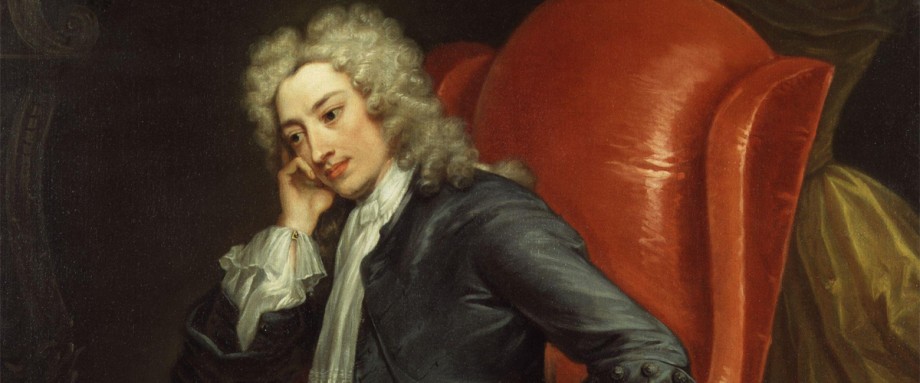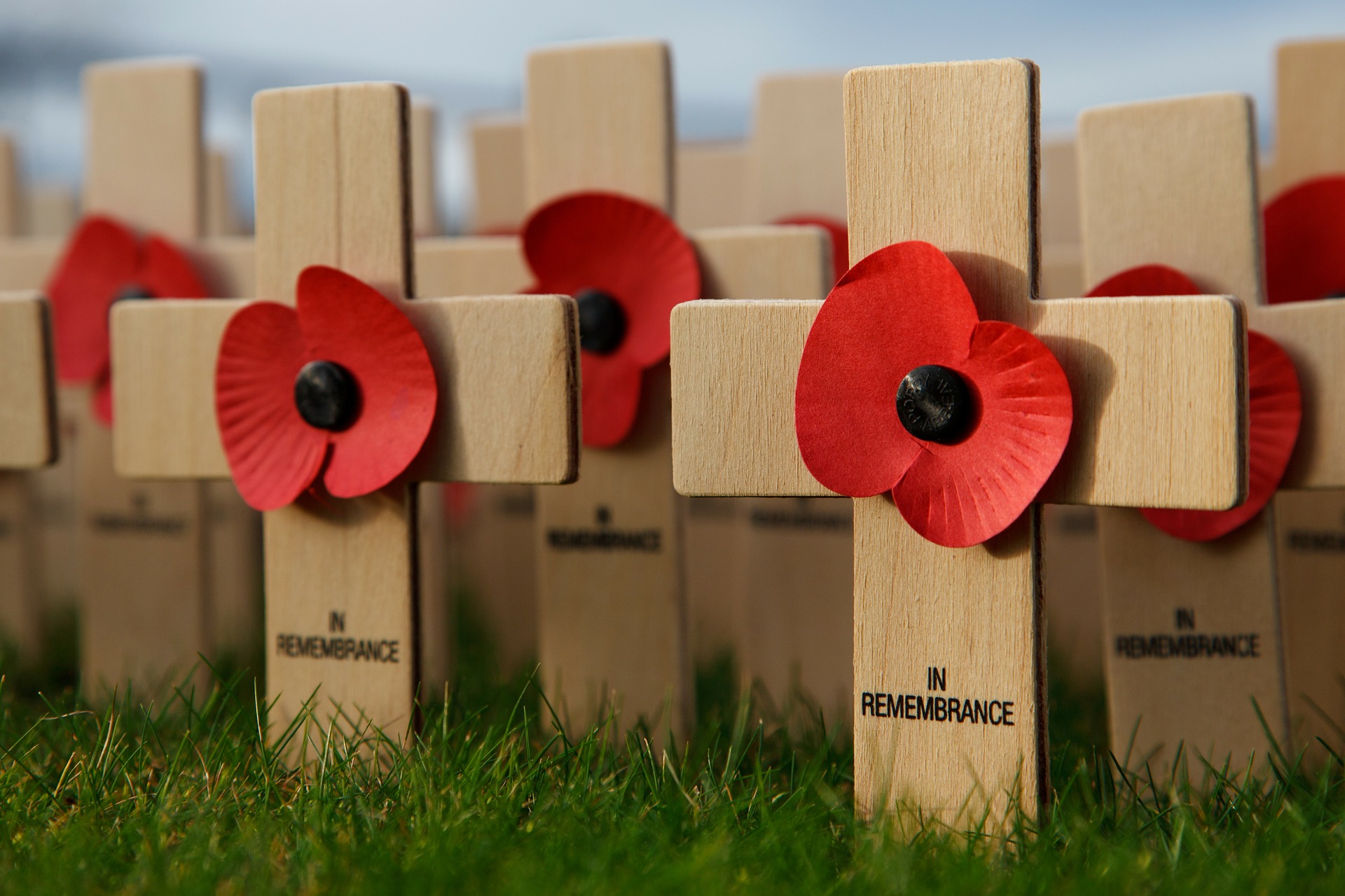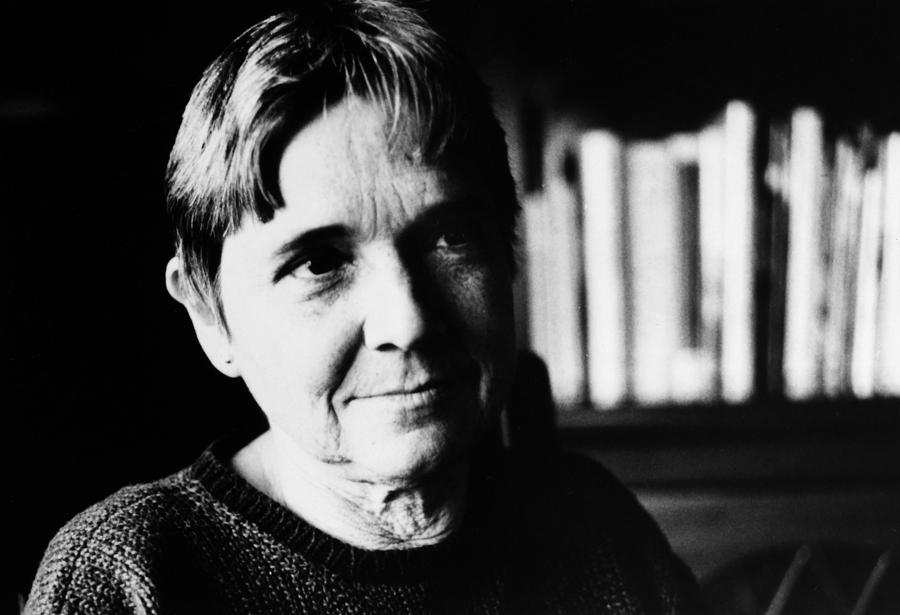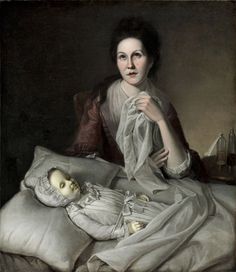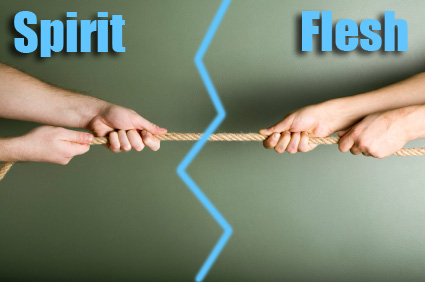About the Poet:
Irwin Allen Ginsberg (June 3, 1926- April 5, 1997) was an American poet that was one of the few faces of the Beat Generation of 1950s. Born in Newark, New Jersey, he later went on to study his Bachelor’s degree at Columbia University. He largely opposed militarism, economic materialism and sexual repression and composed most of his poems associated with the aspects of counterculture like his views on drugs, hostility to bureaucracy and acceptance to Eastern religions. His most famous poem, “Howl”, depicts the destructive forces of capitalism and conformity in the United States.
Introduction to Sunflower Sutra:
This poem by Allen Ginsberg addresses multiple problems faced by the public in the modern society. Like his other poems, Ginsberg leaves the reader with a glimpse of hope before opening up about the implications of the modern world. The sunflower has many interpretations, but is mainly a mirror to the condition of the American society that has been tarnished by its people but yet holds the capacity to face the sun each morning and become its beautiful self again.
Setting of Sunflower Sutra:
“Sunflower Sutra” is a poem with long sentences as each line to the poem. In the beginning of the poem, a ray of hope is portrayed by Ginsberg in the first few lines. He later speaks of the tarnished modern life values in the American society such as freedom of expression, progressive political and social thought- all that direct towards the inner form of beauty of this poem.
Poetic Devices in Sunflower Sutra:
Alliterations:
Line 1: “… banks of the tincan banana…” “Shade of a
Southern Pacific locomotive to look at the sunset”
Line 2: “…beside me on a busted …” “thought the same
thoughts of the soul, bleak and blue and sad-eyed”
Line 3: “… river mirrored the red sky, sun sank on top of final
Frisco …” “.. rheumy-eyed and hung-over like old bums
On the riverbank, tired and wily.”
Line 4: “…. Shadow against the sky…. Sitting dry on top of a pile
of ancient sawdust”
Line 6: “… black treadless tires…” “.. artifacts passing into the
past …”
Line 7: “… sunflower poised against the sunset…” “…smut and
Smog and smoke ..”
Line 8: “… bleary spikes pushed down and broken like a battered
crown…”
“.. seeds fallen out of its face, soon-to-be
toothless mouth of sunny air, sunrays obliterated on its
hairy head …”
Line 9: “leaves stuck out like arms of the stem …”
Line 10: “… my sunflower, O my soul …”
Line 12: “all that dress of dust, that veil of darkened …” “..phallus
Or protuberance …” “… civilization spotting your crazy
Golden crown…” “… death and dusty …” “… sand and
Sawdust …” “… weeping coughing car …” “… tincans
With their rusty tongues …” “… smoking ashes of some
cock cigar …”
Line 13: “… standing before me in the sunset…”
Line 14: “… natural eye to the new …” “… sunset shadow
sunrise.”
Line 16: “… forget you were a flower …” “… spectre and shade…”
Line 18: “… sunflower and stuck it at my side like a scepter …”
“… sermon to my soul …”
Line 19: “… dread bleak dusty …”
Line 20: “… skeleton thick sunflower and stuck it at my side like
a scepter ” “ … sermon to my soul …”
Line 21: “… dread bleak dusty …” “… blessed by our own seed &
hairy naked accomplished bodies ….” “… spied on by
our own eyes under the shadow of the mad locomotive
riverbank sunset Frisco hilly tincan evening sitdown…”
Simile:
Line 4: “big as a man, sitting dry on top of a pile of ancient sawdust”
Line 8: “sunrays obliterating on its hairy head like a dried wire spider web”
Line 9: “leaves stuck out like arms out of the stem”
Line 18: “grabbed up the skeleton thick flower and stuck it at my
side like a scepter”
Personification/ Metaphor:
Line 2: “gnarled steel roots of trees of
Machinery.”
Line 3: “The oily water on the river mirrored the
Red sky, sun sank on top of final Frisco
peaks”
Line 4: “big as a man, sitting dry on top of a pile
of ancient sawdust”
Line 6: “and Hells of the Eastern rivers….
… passing into the past”
Line 7: “smog and smoke of olden locomotives
In its eyes.”
Line 8: “soon to be toothless mouth of sunny
Air, sunrays obliterating on its hairy
head like a dried wire spider web”
Line 12: “ dress of dust, that veil of darkened
Railroad skin, the smog of cheek, that
Eyelid of black mis’ry, that sooty hand
Or phallus or protuberance of artificial
Worse that dirt …”
Line 13: “dusty lovely eyes and ends and
Withered roots below …”
Line 14: “entangled in your mummied roots.”
Line 15: “a sweet natural eye to the new hip
Moon, woke up alive and excited
Grasping in the sunset shadow ..”
Line 16: “buzzed around your innocent grime”
Line 17: “did you look at yourself and decide
You were an impotent dirty old
Locomotive?”
Line 22: “We’re not out skin of grime, not dread
Bleak dusty imageless locomotives,
We are golden sunflowers inside”
Summary of Sunflower Sutra:
Sunflower Sutra was written by Ginsberg in 1955, during his time in Berkeley, California. This was the theme that Ginsberg would soon take up as a basis for most of his poems. This poem narrates the unfortunate implications that followed the modernised society in America. He reflects American beauty to have been lost in the hands of the careless modern world but also sparks a ray of hope in the readers by reminding the sunflower which is the embodiment of the nation, that it shall not be tarnished and shall continue to shine on like it is meant to be.
Critical Analysis of Sunflower Sutra:
The poem is based on the crucial nature of society that is so easily reflected by the citizens that reside in it. Ginsberg speaks of the society in the eyes of a sunflower and names this poem the Sunflower Sutra due to its simple yet hidden message like the sutras, taken from the Buddhist term of sutra. The poem is a reminder to its readers about the injustice being done in their respective societies by their own selves and asking them to revive the lost vibrance of the sunflower back into their nation.
Central Idea of Sunflower Sutra:
The poem revolves around the sad state of the American society that has tarnished itself with violence, poverty and consumerism. Ginsberg refers to the American society as a sunflower that has been tarnished by its own citizens. Although he speaks of the symbolic sunflower being misused and devalued by the people that form it, he reminds the sunflower of its true value and is hence asking of the reader to reconsider their actions and help him pave the way to rekindling the lost spark of the sunflower.
Tone of Sunflower Sutra:
The poem begins with Ginsberg narrating the sad state of the country that has been polluted with soot, smoke, violence, poverty and abuse. He dictated the poem with events that have been soiling the sunflower that symbolises the nation. He later reminds the sunflower to not be misguided of its worth by the soot and dirt all over itself and reminds it to shine as bright as it once had.
Conclusion:
Sunflower Sutra is a poem about the ill effects on the nation by the actions of their citizens. It asks the readers to analyse their own surroundings and reminds them to protect the true nature of their nation and treat it with all the respect that it deserves. He means to provide an answer to all the unfortunate events that happen in society and even gives us the solution to it all. This poem. With its hidden and obvious message reaches out to all parts of a society and asks for their attention to avoid tarnishing the country with their actions.
Contributor: Deeksha Honawar
Some online learning platforms provide certifications, while others are designed to simply grow your skills in your personal and professional life. Including Masterclass and Coursera, here are our recommendations for the best online learning platforms you can sign up for today.
The 7 Best Online Learning Platforms of 2022
- Best Overall: Coursera
- Best for Niche Topics: Udemy
- Best for Creative Fields: Skillshare
- Best for Celebrity Lessons: MasterClass
- Best for STEM: EdX
- Best for Career Building: Udacity
- Best for Data Learning: Pluralsight


